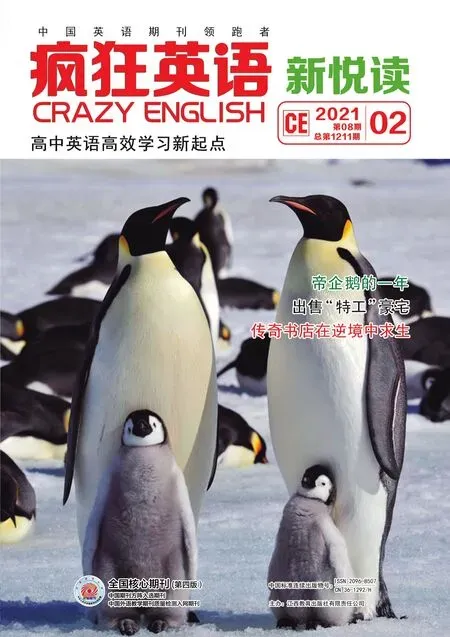Task 1
本刊試題研究中心
Monkeys seem to have a way with numbers.
A team of researchers trained three Rhesus monkeys to associate 26 clearly different symbols consisting of numbers and selective letters with 0-25 drops of water or juice as a reward. The researchers then tested how the monkeys combined—or added—the symbols to get the reward.
Here's how Harvard Medical School scientist Margaret Livingstone, who led the team, described the experiment: In their cages the monkeys were provided with touch screens. On one part of the screen, a symbol would appear, and on the other side two symbols inside a circle were shown. For example, the number 7 would flash on one side of the screen and the other end would have 9 and 8. If the monkeys touched the left side of the screen they would be rewarded with seven drops of water or juice; if they went for the circle, they would be rewarded with the sum of the numbers—17 in this example.
After running hundreds of tests, the researchers noted that the monkeys would go for the higher values more than half the time, indicating that they were performing a calculation, not just memorizing the value of each combination.
When the team examined the results of the experiment more closely, they noticed that the monkeys tended to underestimate (低估) a sum compared with a single symbol when the two were close in value—sometimes choosing, for example, a 13 over the sum of 8 and 6. The underestimation was systematic: When adding two numbers, the monkeys always paid attention to the larger of the two, and then added only a fraction (小部分) of the smaller number to it.
“This indicates that there is a certain way quantity is represented in their brains,” Dr. Livingstone says. “But in this experiment what they're doing is paying more attention to the big number than the little one.”
1. What did the researchers do to the monkeys before testing them?
A. They fed them. B. They named them.
C. They trained them. D. They measured them.
2. How did the monkeys get their reward in the experiment?
A. By drawing a circle. B. By touching a screen.
C. By watching videos. D. By mixing two drinks.
3. What did Livingstone's team find about the monkeys?
A. They could perform basic addition.
B. They could understand simple words.
C. They could memorize numbers easily.
D. They could hold their attention for long.
4. In which section of a newspaper may this text appear?
A. Entertainment. B. Health.
C. Education. D. Science.

